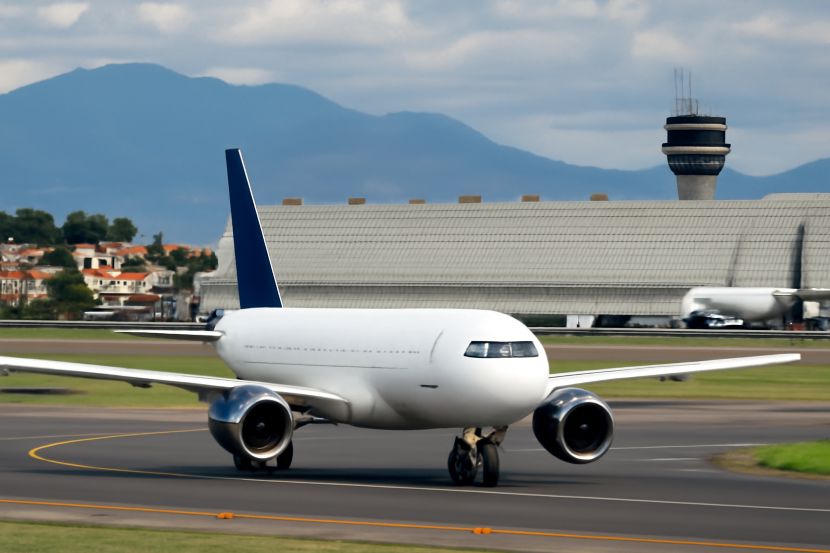Impact of U.S. Cancelling 13 Routes on Mexico’s Tourism Industry: What Travelers Need to Know

The recent decision by the U.S. Department of Transportation (DOT) to revoke 13 flight routes operated by Mexican airlines has sparked a wave of concerns among tourists and travel industry professionals. For many travelers, the change may mean fewer flight options and potentially higher travel costs for those planning to visit Mexico from the United States. The decision, affecting major airlines such as Aeromexico, Volaris, and Viva Aerobus, may have a significant impact on the tourism sector, both in Mexico and across various U.S. cities. Tourism has long been a key driver of economic growth for Mexico, and this move could disrupt travel to popular destinations in the region.
The dispute between the two nations has centered around what the U.S. claims are unfair practices by Mexico in restricting the ability of U.S. carriers to expand their services in Mexico. The DOT’s actions are seen as a response to these allegations, which include blocking U.S. airlines’ ability to increase flights to key destinations. With such policies in place, the tourism industry faces the challenge of managing these disruptions while ensuring that travel demand continues to be met effectively.
The canceled routes have already affected major flight routes between U.S. cities and Mexico, including key destinations such as Mexico City, Los Angeles, Houston, Miami, and New York. The decision also includes the revocation of routes from Mexico City International Airport to smaller U.S. destinations, which is a blow for both U.S. tourists traveling to Mexico and Mexican nationals visiting the United States. Tourists who had planned their vacations around these routes may need to adjust their travel plans or consider more expensive alternatives.
For Mexico, which is one of the most visited countries by U.S. tourists, the impact could be significant. The tourism industry in Mexico has become increasingly reliant on-air travel, especially as more American travelers head south for vacation. With routes being canceled, the potential for reduced tourism is real, as fewer flights could mean fewer tourists arriving at popular destinations such as Cancun, Los Cabos, and Mexico City. According to the World Travel & Tourism Council, tourism makes up a large part of the country’s GDP, and any reduction in travel could have ripple effects on local economies, particularly those that rely heavily on tourist spending.
While the U.S. Department of Transportation claims that these actions are necessary to preserve fair competition, it is clear that the tourism sector faces a more immediate challenge. Tourism stakeholders in both countries have expressed concern about the potential economic fallout of this decision, which could affect local businesses, hotels, restaurants, and travel-related services that benefit from the influx of international visitors. In addition, travelers could face higher prices and longer travel times as they seek alternative routes.
Industry leaders are calling for dialogue between the U.S. and Mexico to resolve the issue. Mexican President Claudia Sheinbaum has voiced her opposition to the U.S. decision and has announced plans to request a meeting with the U.S. Secretary of State to address the ongoing dispute. Both governments are expected to engage in discussions to find a solution that benefits both countries and their thriving tourism industries.
For now, tourists planning to travel between the U.S. and Mexico are advised to stay updated on the latest news from both Mexican airlines and U.S. officials. Travelers should consider checking their flight schedules regularly for potential changes and cancellations. Many airlines have already started offering rebooking or refunds for passengers affected by these cancellations, and tourists may need to adjust their itineraries to avoid complications.
As the situation develops, it’s crucial for tourists to be flexible and prepared for potential disruptions. However, the hope is that with both governments working together, the tourism industry can quickly rebound and continue to thrive. Airlines, travel agencies, and tourism boards will likely continue to support travelers through this period of uncertainty, ensuring that visitors can continue to enjoy the rich cultural experiences and natural beauty that both the U.S. and Mexico have to offer.
While the cancellation of flights and the aviation dispute may initially seem like an inconvenience for travelers, the tourism industry in both countries is resilient. With the right collaboration, both governments can ensure that tourism continues to flourish between the two nations. Travelers should keep a close eye on the situation and be prepared for changes in their travel plans. Mexico remains a top destination for U.S. travelers, and with adjustments, the tourism sector can continue to play a key role in fostering connections between these neighboring countries.
The post Impact of U.S. Cancelling 13 Routes on Mexico’s Tourism Industry: What Travelers Need to Know appeared first on Travel And Tour World.